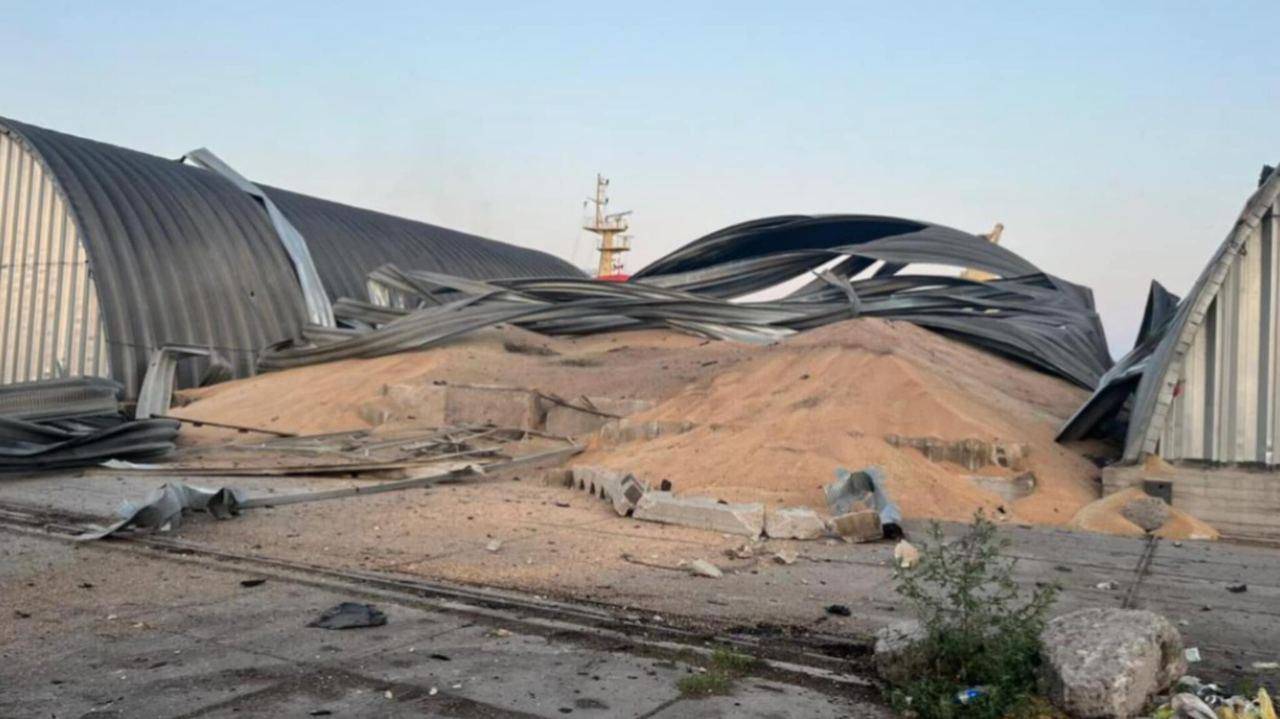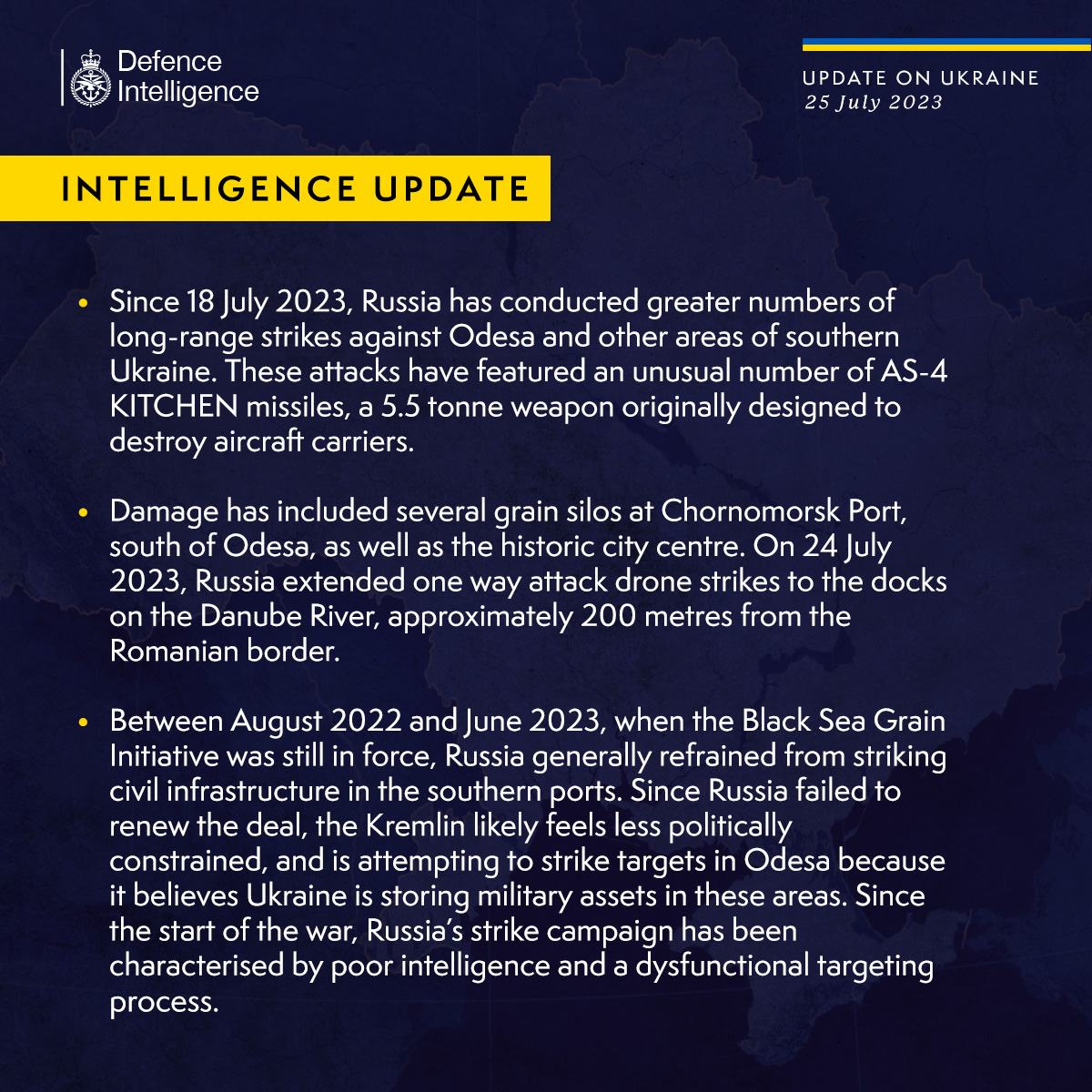
The U.S. does not plan to send any assets to the Black Sea amidst tensions over the Russian withdrawal from the U.N.-Turkey brokered grain deal, the Pentagon said Tuesday.
The Biden administration announced the latest presidential drawdown authority for Ukraine military assistance, which included additional munitions for National Advanced Surface-to-Air Missile Systems (NASAMS) and the Patriot air system, as well as ammunition for High Mobility Artillery Rocket Systems. The Tuesday package did not include any assistance for commercial ships or Ukrainian ports currently being bombed by Russia in wake of the collapsed grain deal.
The U.S. is in contact with Ukraine and accounts for their requests in deciding military assistance, Deputy Pentagon Press Secretary Sabrina Singh told reporters Tuesday.
Singh would not go into further details about conversations between the U.S. and Ukraine over military assistance.
“Vladimir Putin continues to choose to engage in an unjust unprovoked war in Ukraine and is going to put millions of lives at risk by withdrawing from this grain deal,” Singh said.
Since Russia withdrew from the grain deal, Moscow has bombed Ukrainian ports, including Odesa, one of the three ports where Ukraine was allowed to export grain under the deal, as well as port cities on the Danube River, USNI News previously reported.
 Russian strikes are aimed at hurting Ukraine’s economy, which relies heavily on being able to export its grain, the Moscow Times reported. British ambassador to the United Nations said Tuesday that Russia may start attacking civilian shipping, Reuters reported. Woodward also said that Russia appears to have laid additional sea mines in the Black Sea to affect commercial shipping.
Russian strikes are aimed at hurting Ukraine’s economy, which relies heavily on being able to export its grain, the Moscow Times reported. British ambassador to the United Nations said Tuesday that Russia may start attacking civilian shipping, Reuters reported. Woodward also said that Russia appears to have laid additional sea mines in the Black Sea to affect commercial shipping.
Kyiv has also issued warnings that it could attack ships heading to Russian ports, the Moscow Times reported. AFP reported Tuesday that Russian Sergei Kotov patrol ship defended itself from a drone attack in the Black Sea.
Ukraine is considering using F-16s to protect grain shipping lanes, its Foreign Minister Dmytro Kuleba told France 24.
Ukrainian pilots are currently training on F-16s, and the U.S. is expected to deliver its promised aircraft by the end of 2023, the Kyiv Independent reported.
There are limited resources that the Navy can send into the Black Sea. Turkey closed the Bosphorus Strait, using the Montreux Convention, preventing non-Black Sea nations from sending in warships.
USS Gerald R. Ford (CVN-78) is currently in the Ionian Sea, as of Monday, according to the USNI News tracker. Ford continues the U.S.’s presence in the Mediterranean, which it has held since the Russian invasion into Ukraine, with a pause between USS George H.W. Bush (CVN-73) and Ford.
USS Harry S. Truman (CVN-75) started the U.S. presence during the Russo-Ukrainian War, and during its first months, aircraft flew 60-90 sorties a day.
USS Nitze (DDG-94) is the first U.S. guided-missile destroyer to get close to the Black Sea since Turkey closed it to non-Black Sea nation warships. Nitze stopped on the edge of the Bosphorus, in February, while on its way to a port call in Turkey.
The last U.S. warship in the Black Sea was USS Arleigh Burke (DDG-51), which left in December 2021.





